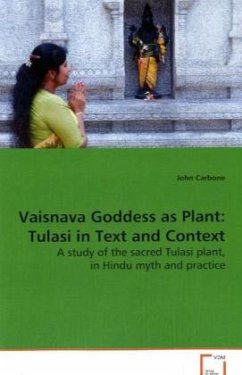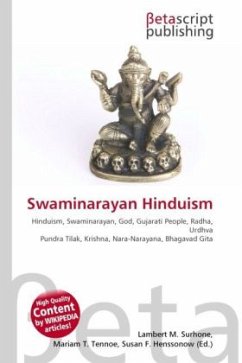The Tulas plant (Ocimum sanctum) is viewed withinthe purview of Hinduism as a form of the goddessLak m , or a consort of the god Vi u. Thisdesignation seems to originate within the corpus ofPur ic texts composed in the Sanskrit language fromapproximately the 5th to 15th centuries CE. Thesanctity of the plant, and other forms of vegetation,resembles even earlier cults of Yak a and Yak , ornature spirit, worship.The adoration of the plantcontinues into modernity in various ways. This paperexamines the Tulas plant through the various mythsdescribing her sanctity, as well as how these mythsare interpreted by modern devotees of the plant.








